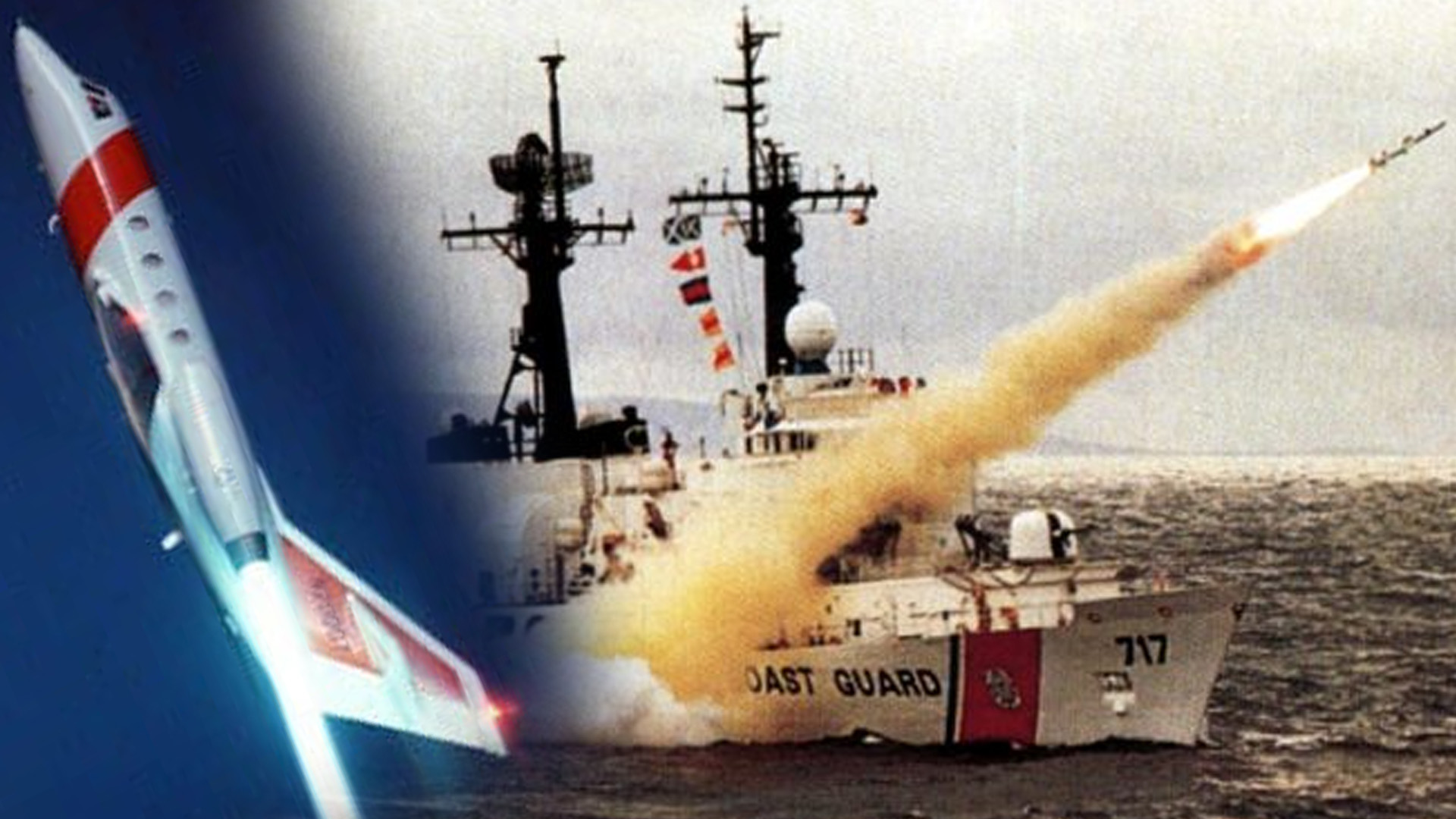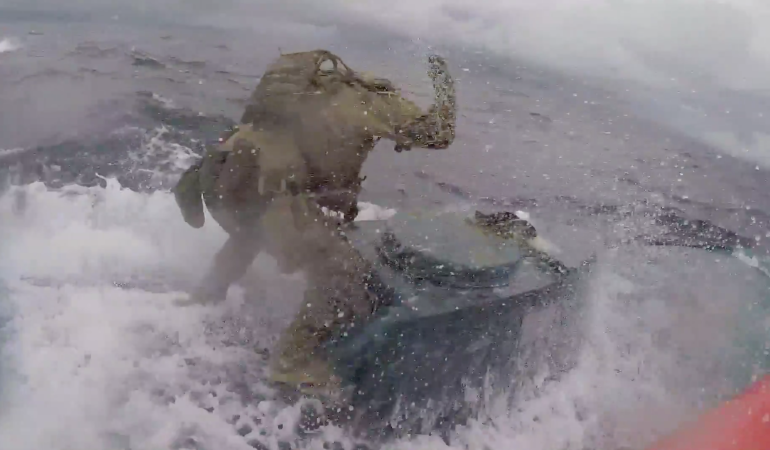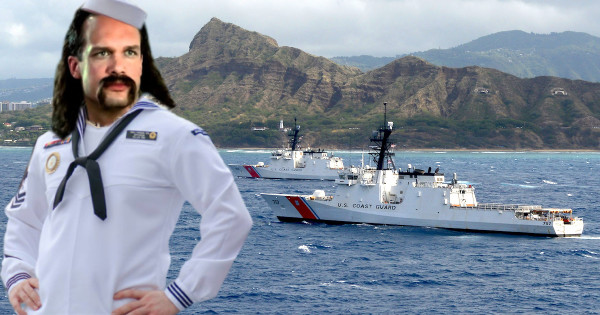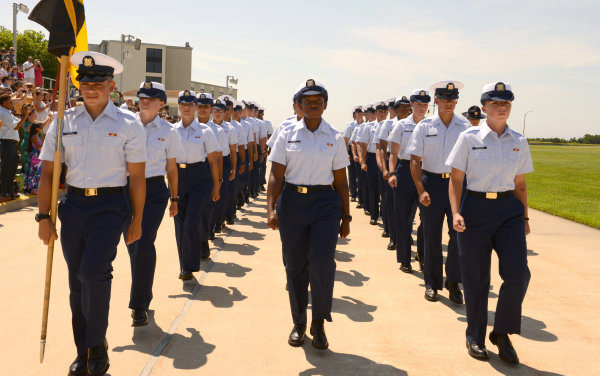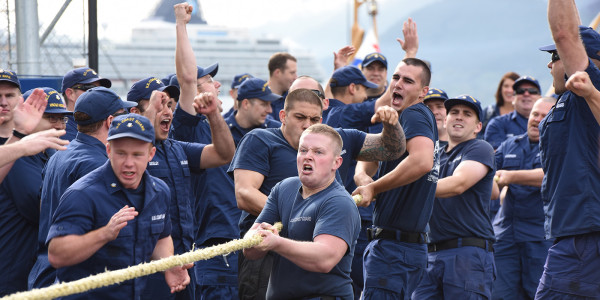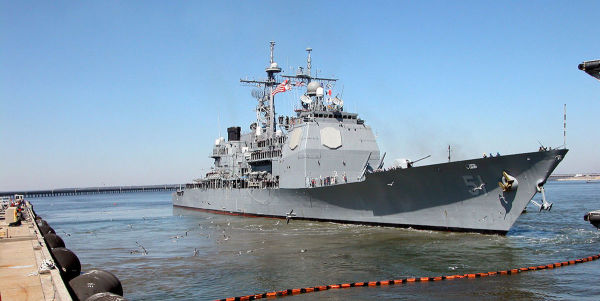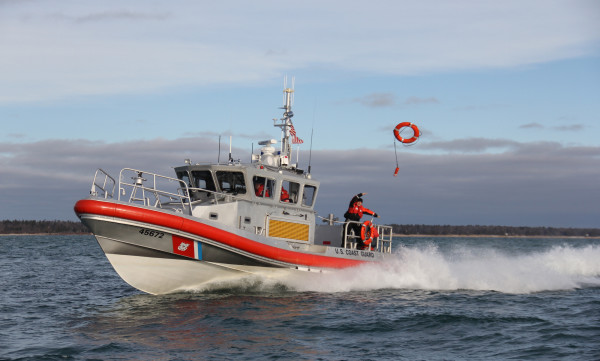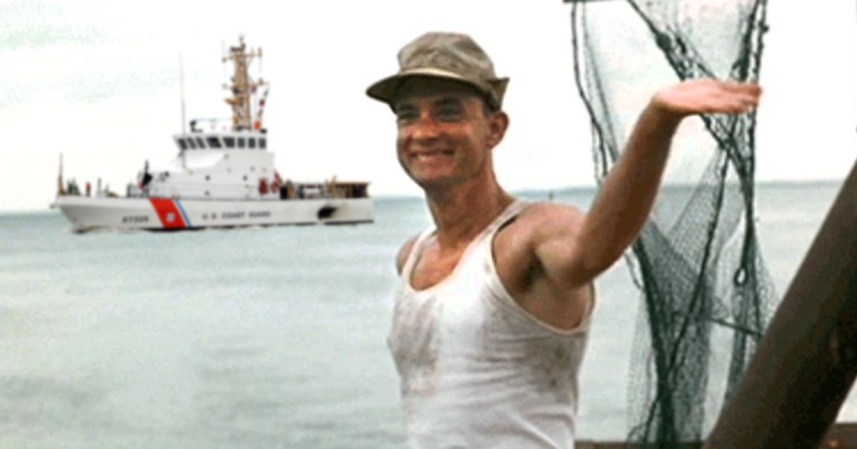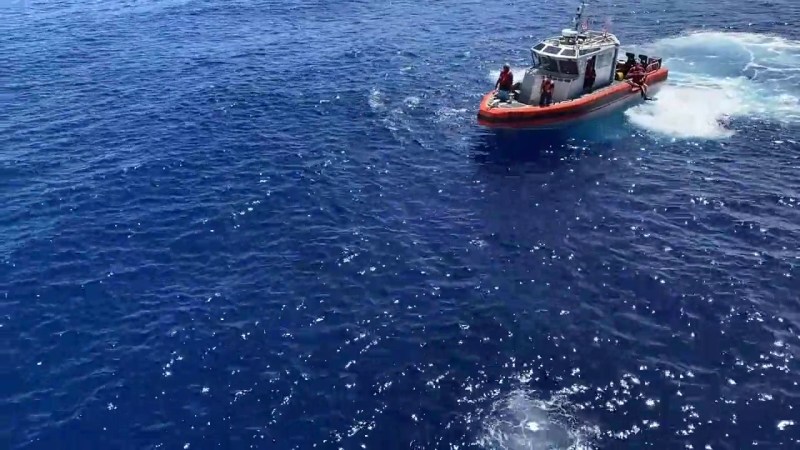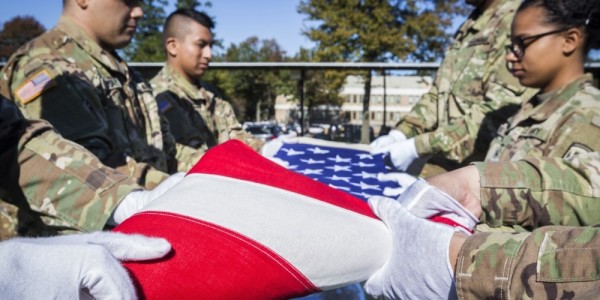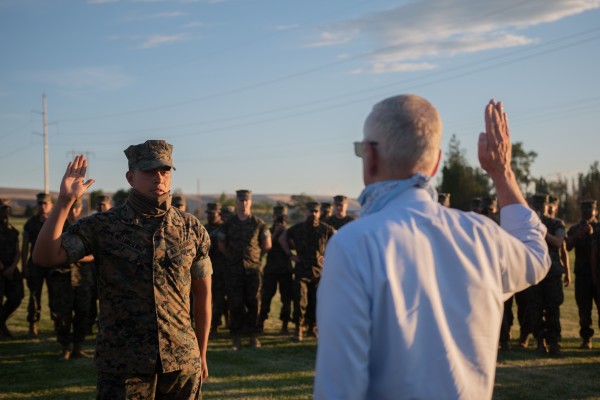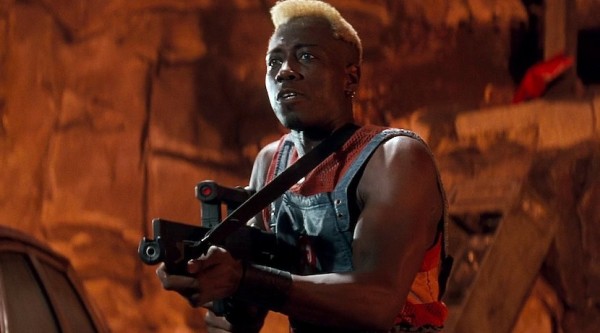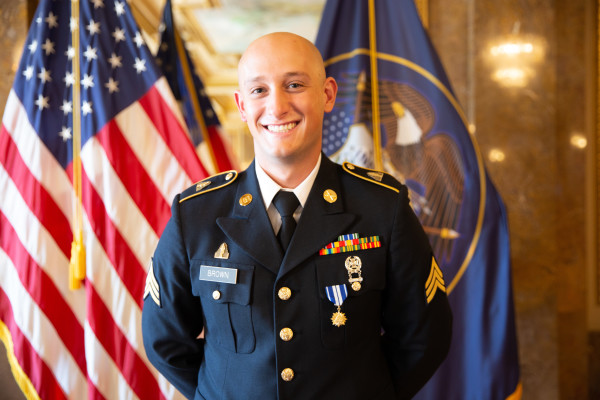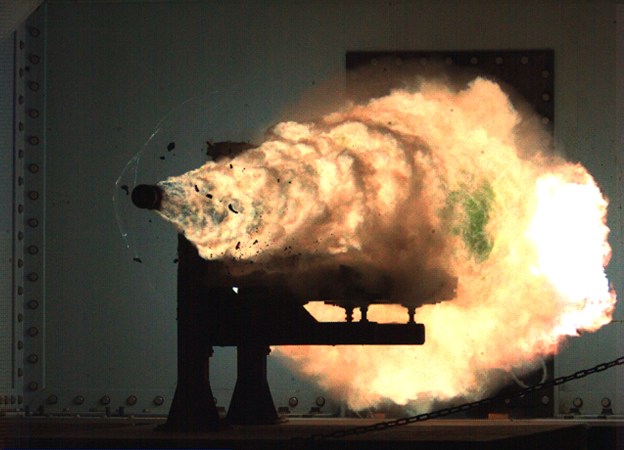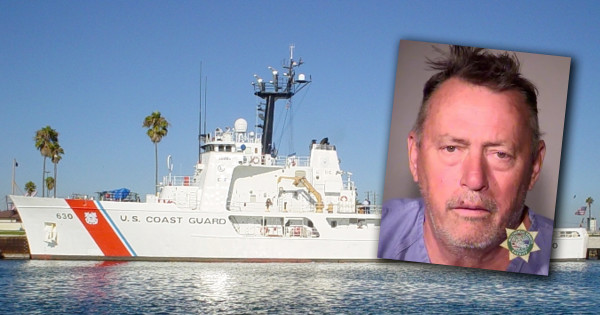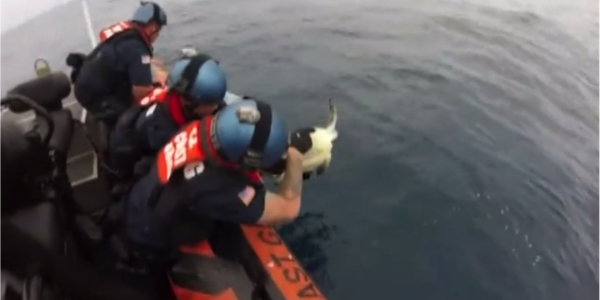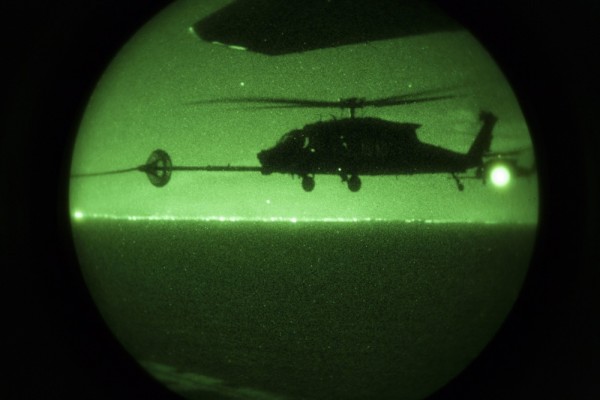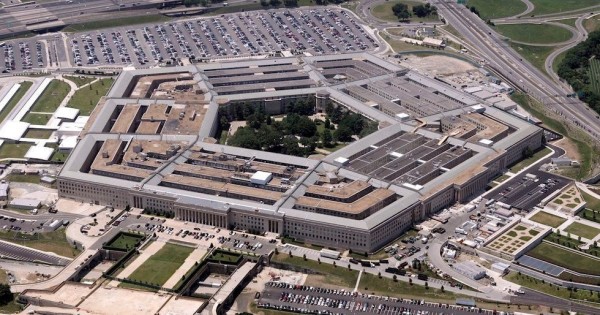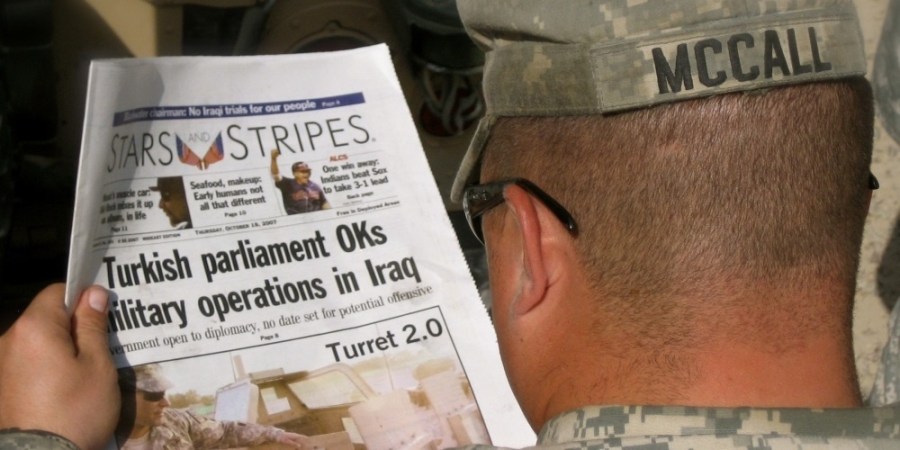It’s nothing new to say that when a branch of the Armed Forces gets new leadership, changes occur, for better or worse. Usually, these are things like allowing ballcaps in uniform or changing the tattoo policy, but for the United States Coast Guard of the 1980s, those changes led to widespread overhauls that bordered on the ridiculous and were emblematic of the stereotype of 80s excess in every way. One man was responsible for this, and that was Adm. Paul A. Yost, who rocked the Coast Guard to its core with his changes to the extent that coast guardsmen of the day derisively referred to his tenure as “the Yost-Guard.” The legacy of these changes continues to affect the service to this day, sailing in the long shadow of Yost’s decisions, and to write this article, we reached out to several Coast Guard veterans whose services span from the mid-1960s, up until the present day.
When Adm. Paul Yost became Commandant of the Coast Guard at the zenith of “war on drugs” fervor in the 1980s, he immediately set about militarizing the service into a far more aggressive force design. A devout Mormon who distinguished himself in hellish combat during the Vietnam War and wore the Silver Star Medal, two Legions of Merit, and the Combat Action Ribbon, Yost saw the Coast Guard as being not only maritime first responders but as being America’s coastal defense force against foreign attacks. He was famous for saying: “The commandant ought to wear a .45 and lead the charge!” which encapsulated his leadership ethos in one pithy sentence. However, he was not a popular leader, and nearly every change that he made to the Coast Guard was later reversed.
Yost inherited a Coast Guard that was proudly maritime, and which honored a lot of the same traditions and customs as the United States Navy, but was decidedly less militaristic. Immediately, Yost set about, in the words of one Naval historian, “holding the Coast Guard to the Brigham Young University honor code,” by abolishing the tradition of coast guardsmen being allowed to grow neatly-trimmed beards while underway, prohibiting the ships’ galleys from serving pizza and beer on the weekends, and prohibiting crewmembers from wearing casual clothing like shorts and Sperry Topsiders when off duty underway. Finally, he instituted draconian drug abuse policies that shook the Coast Guard to the foundation, introducing a zero-tolerance policy for those who tested positive for any illicit substance.
Retired Chief Warrant Officer-3 Patricia Golden, whose 30 years of service included the “Yost-Guard” days, recalled that Yost immediately made his plans known, and effectively molded the service in his own image from lessons learned in Vietnam, and the service’s history as a weapon against the Nazi U-Boat fleets of World War II.

In retrospect, Admiral Yost’s changes to the grooming standards and diets of coast guardsmen are hardly unusual, especially when compared to modern squabbles over things like tattoo policies and whether or not every serviceman ought to have a skin fade for a haircut. What makes his tenure as the commandant truly remarkable (and a little bonkers) is his vision of the Coast Guard as the military wing of the Department of Transportation, and attempting to woo the Reagan administration by presenting the service as the premier fighting force in the infamous “War on Drugs.”
To do this, he sought to transform the service’s cutters into fighting ships to rival their World War II ancestors, taking them from lightly-armed interdiction vessels to ships that bristled with 25 mm chain guns, Phalanx Close-in Weapons Systems (CIWS), and the mighty RGM-84 “Harpoon” anti-ship missile, designed to sink Soviet warships. Then, he formed special operations teams to infiltrate land-locked Latin American countries and go on the offensive against drug production, armed with M-16s, machine guns, and C-4 plastic explosives, partnered with the DEA and local military forces. Perhaps most ridiculously, the Coast Guard experimented with outfitting its HU-25 Guardian search and rescue jets with Garrett afterburners, leading to the amusing visual of what is essentially a modified Dassault Falcon 20 barreling through the air ahead of a scorching blue jet of hot gas.
Immediately after these ambitious weaponization efforts were undertaken, various factors forced them immediately back into disuse or severely affected their inception. For starters, the afterburner-outfitted HU-25 flew only a handful of times and was the only one of its kind, because the Coast Guard immediately realized that the afterburner consumed huge amounts of fuel, and neutered the HU-25s loiter time to actually let it search for its targets, which is to say nothing about the massive heat risk that the engines’ placement posed to the fuselage of the aircraft. The special operations teams were plagued with issues and had a very rough start due to the Coast Guard and U.S. Government being unwilling to commit to standing up a force of that nature and for that purpose. The cutter anti-ship weaponry vanished immediately after Yost’s retirement as well, with Harpoon Missiles on Coast Guard cutters being mentioned as little more than an amusing curiosity by modern observers.

Yet several aspects of the “Yost Guard” live on to this day, affecting a Coast Guard that has largely forgotten the originator. You may recall the image from several years ago of a Multicam-clad Coastie brazenly stepping onto the hull of a drug-smuggling semi-submersible. That man’s decidedly military appearance belied the fact that he was a member of a Tactical Law Enforcement Team (TACLET), which are specially-trained groups of coast guardsmen who undertake boarding missions on vessels suspected of importing contraband. The TACLET was carried aboard the Cutter Munro, showing how far Yost’s militaristic vision permeated the Coast Guard. These teams are directly descended from Yost’s Coast Guard special operations teams, as well as other obsolete projects like Coast Guard Deployable Operations Groups (DOGs) or Coast Guard SEALs. Other less-glamorous aspects of Yost’s force design for the Coast Guard have stuck around as well, such as the continued lack of beards on board ships, and the echoes of his zero-tolerance drug policy still being felt in the command structure of the service to this day. Additionally, many of the direct action missions that Yost and his successors pursued were pared back in favor of more focus on the “Cutter Coast guard” in the 2010s, which has led to perceptions among coast guardsmen that the Coast Guard is experiencing something of an identity crisis.
For a brief moment in time, however, the Coast Guard was the vessel for one man’s vision of a militarized coastal defense force, and was a true relic of its time. Plus, the “Yost-Guard” era gave us gems like this truly rad recruiting commercial, and likely inspired the motivating opening sequence featuring the cutter Tybee in the 1994 Tom Clancy film “Clear and Present Danger” as well as some of the depictions of counter-drug jungle operations later in the film.

Additionally, many feel that the bellicose stance that Yost took was a visionary approach to maritime security and one that is sorely lacking in the modern Coast Guard. Others see him as the start to a problem that continues to plague the Coast Guard, who feel that the service struggles to differentiate itself from the Navy. As the Coast Guard looks to the future, sending more cutters to the South China Sea, we may very well see a return to the days of anti-ship missiles and commando teams sailing under the Coast Guard ensign.
The latest on Task & Purpose
- The Marine Corps is headed for a pilot exodus
- ‘The king of battle’ — How US artillery in the hands of Ukrainians may reshape the war with Russia
- Marine intel instructors got caught calling students ‘whore’ and ‘slut’ in private chat. No punishment was recommended
- How to pass the new Air Force fitness test, according to a guy who oversaw 600 of them
- ‘Dirt boyz,’ ‘Port Dawgs,’ and ‘Red Horse’ — A guide to Air Force lingo for the rest of us
Want to write for Task & Purpose? Click here. Or check out the latest stories on our homepage.

